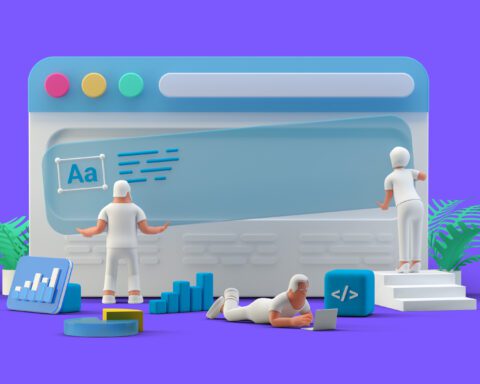In the world of digital experiences, every millisecond counts. Website speed can significantly impact user experience, bounce rates, SEO rankings, and even conversion rates. In this post, we’ll walk you through a step-by-step guide to website speed optimization. We’ll cover crucial techniques such as image compression, caching, and minimizing HTTP requests to help ensure your website performs at peak efficiency.
Importance of Website Speed
Before diving into the steps, let’s quickly go over why website speed matters. User experience is paramount in today’s digital age. Websites that load quickly provide a smooth user experience, whereas slow-loading sites can lead to increased bounce rates. Google’s search algorithms also take page speed into account when ranking websites. Hence, having a fast-loading website can improve your SEO rankings.
Step 1: Image Optimization
Large, high-resolution images can significantly slow down your website. Hence, it’s essential to optimize your images for the web. Use image compression tools like TinyPNG or JPEG Mini to reduce your image file sizes without losing quality. Also, consider using modern file formats such as WebP for even more significant savings.
Step 2: Enable Caching
Caching is a technique that stores copies of files in a cache, or temporary storage location, so that they can be accessed more quickly. There are various types of caching you can implement, such as browser caching and server-side caching.
For browser caching, you can use the .htaccess file to specify how long browsers should keep images, CSS, JS, and other static content. For server-side caching, you can use plugins or extensions that your hosting provider may offer, such as Varnish Cache or Memcached.
Step 3: Minimize HTTP Requests
Each time a user visits a webpage, their browser sends HTTP (Hypertext Transfer Protocol) requests to the server to fetch the page’s components like images, scripts, and stylesheets. The more HTTP requests your website makes, the slower it will load.
To minimize HTTP requests, combine your CSS and JavaScript files, use CSS instead of images wherever possible, and reduce the number of elements on each page. Tools such as Google Chrome’s Developer Tools can help you see how many HTTP requests your site makes.
Step 4: Use a Content Delivery Network (CDN)
A CDN is a network of servers distributed across different geographical locations that deliver web content to users based on their location. Using a CDN can reduce latency and accelerate site load times as it brings the data closer to the user.
Step 5: Optimize CSS and JavaScript
By minifying and compressing your CSS and JavaScript files, you can reduce their size and thus improve load time. Also, by deferring the loading of JavaScript files until the rest of the page has loaded, you can speed up the perceived load time of your site.
Step 6: Implement Lazy Loading
Lazy loading is a technique where you defer the loading of non-critical resources at page load time. Instead, these resources are loaded only when needed, like when a user scrolls to a particular part of the page. This can significantly speed up loading times, especially for pages with lots of images or videos.
Step 7: Use A Fast Web Hosting Serivce
Hosting is an essential piece to the functionability of your website. Choosing a good and reliable hosting service can make or break your websites metrics and speed. We have reviewed countless websites and Kinsta proves to be the fastest. You can read more at our Kinsta web hosting review!
Conclusion
In conclusion, website speed optimization is an essential aspect of web development and maintenance. With these techniques in hand, you’re well on your way to improving user experience, boosting your SEO rankings, and enhancing overall website performance. Always remember: speed is not just a convenience; it’s a crucial part of your website’s success.





